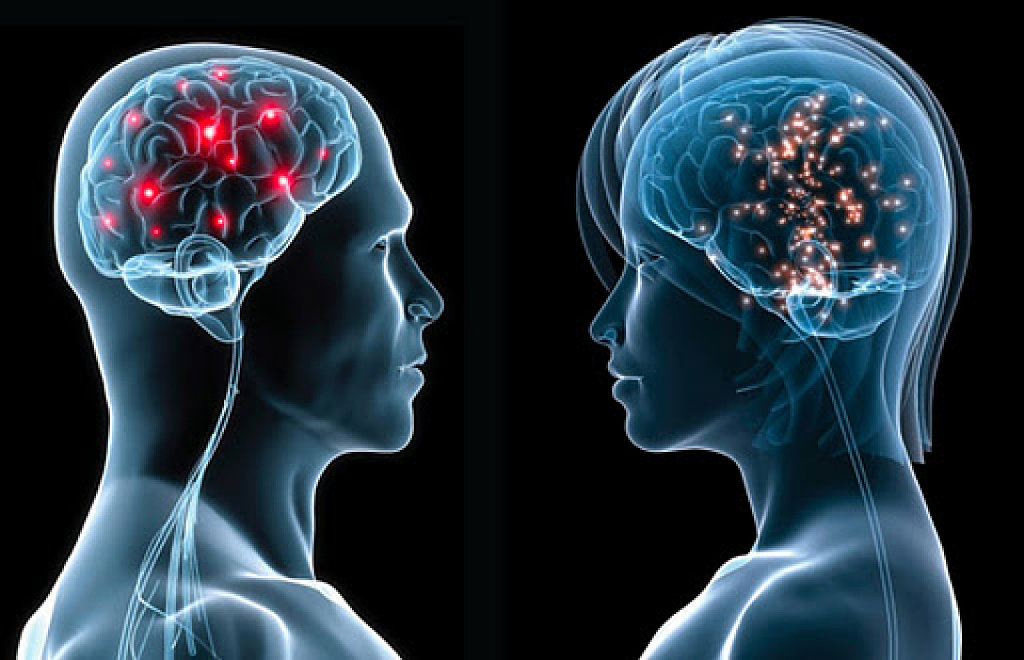There are three phases to falling in love and different hormones are involved at each stage

There are three phases to falling in love and different hormones are involved at each stage.
Love is a complex and mysterious emotion that has intrigued scientists, poets, and philosophers for centuries. While love may seem like a purely emotional experience, numerous studies have shown that there are distinct physiological processes happening within our bodies when we fall in love. In fact, there are three phases to falling in love, and different hormones play a crucial role at each stage.
The first phase of falling in love is known as the lust phase. It is characterized by a strong sexual attraction and desire for physical intimacy. During this stage, the hormone testosterone, which is typically associated with libido and sexual desire, takes center stage. This hormone plays a crucial role in stimulating sexual desire and fueling the initial spark that draws individuals towards each other.
As the relationship progresses, the second phase, known as the attraction phase, emerges. This stage is marked by intense romantic feelings and a deep emotional connection. It is during this phase that individuals often experience euphoria and obsessive thoughts about their partner. Several hormones come into play during this stage, including dopamine, norepinephrine, and serotonin.
Dopamine, often referred to as the “feel-good” hormone, is responsible for the intense rush of pleasure and euphoria experienced when falling in love. It is the same hormone that is released when we engage in enjoyable activities such as eating delicious food or engaging in thrilling experiences. Norepinephrine is a hormone associated with the fight-or-flight response, and its increased production during the attraction phase can lead to feelings of excitement, increased heart rate, and even difficulty sleeping. Serotonin, a hormone that regulates mood, also plays a role in the attraction phase, contributing to the heightened emotional state experienced during this stage.
Finally, the third phase of falling in love is the attachment phase. This phase is characterized by a long-term commitment and the development of a deep bond between partners. It is during this stage that the hormone oxytocin takes the spotlight. Oxytocin, often called the “cuddle hormone,” is responsible for promoting feelings of trust, attachment, and bonding. It is released during intimate physical contact, such as cuddling, hugging, and sexual activity, and is believed to strengthen the emotional connection between partners.
Understanding the hormonal processes that occur during each stage of falling in love provides a fascinating insight into the intricacies of human emotions. It highlights the biological underpinnings of love and helps explain why we experience such intense and powerful feelings when we are in love.
In conclusion, falling in love involves three distinct phases, each of which is associated with different hormones. From the initial spark of lust driven by testosterone to the intense romantic feelings fueled by dopamine, norepinephrine, and serotonin during the attraction phase, and finally, the deep emotional attachment fostered by oxytocin in the attachment phase, hormones play a crucial role in the experience of falling in love. So the next time you find yourself head over heels for someone, remember that it’s not just a mere emotional rollercoaster – it’s a process guided by the intricate dance of hormones within your body.
Sources:
- BBC Science: Love
Images:
Tags
Share
Related Posts
Quick Links
Legal Stuff



